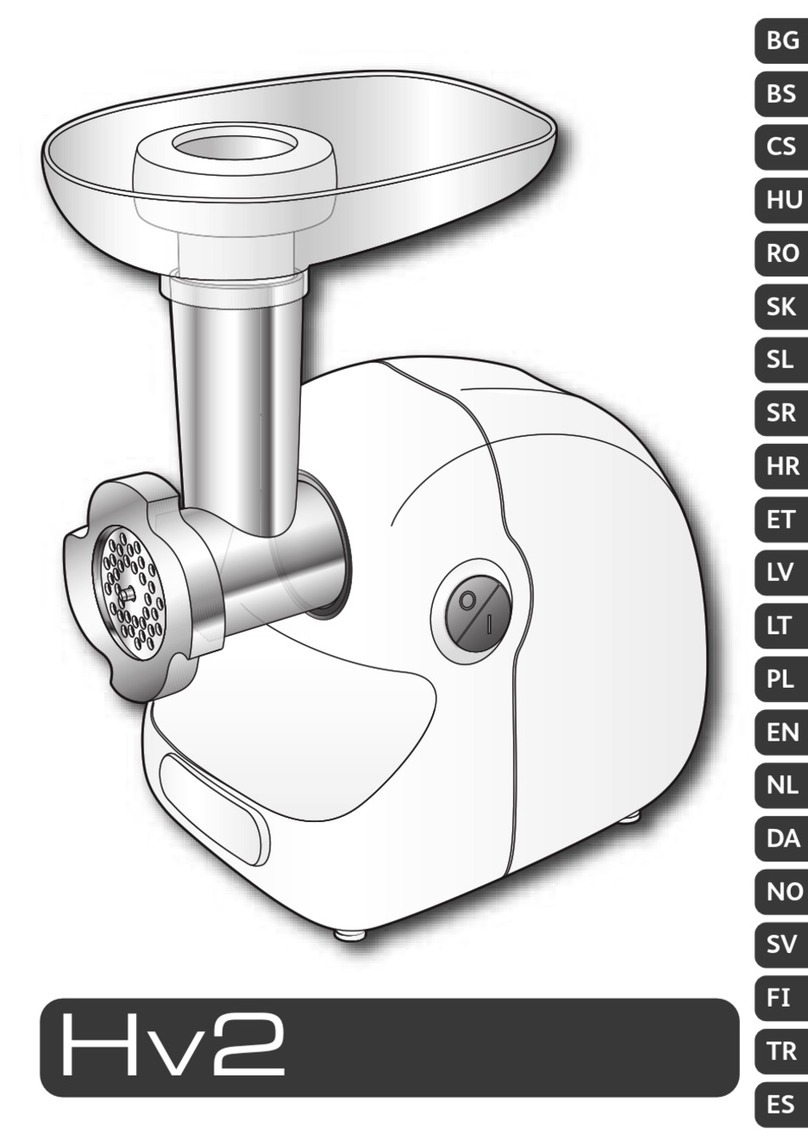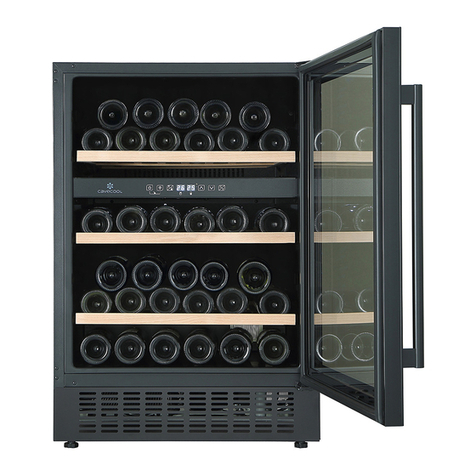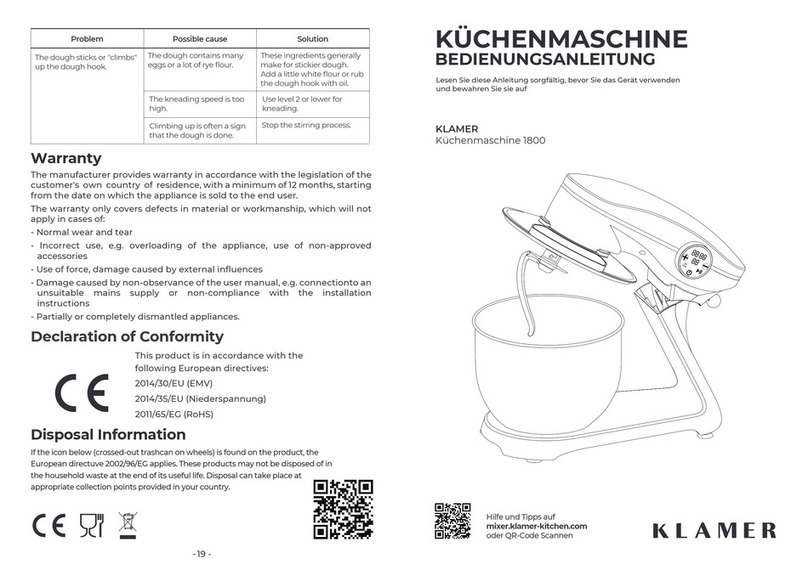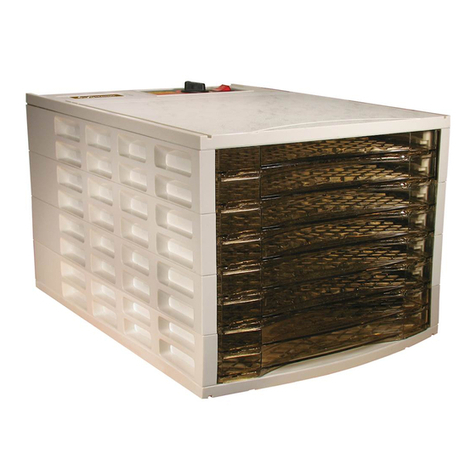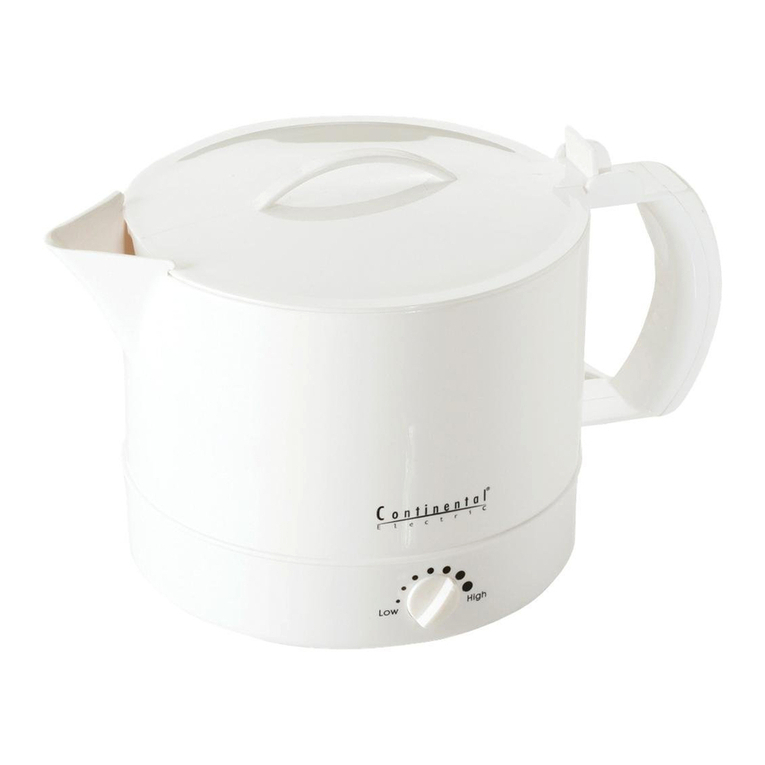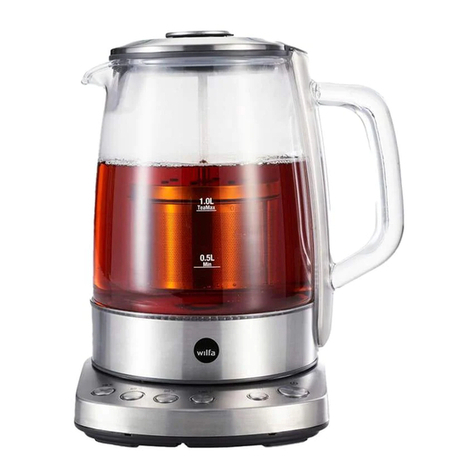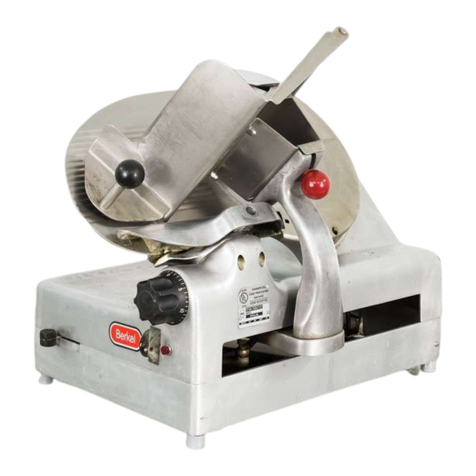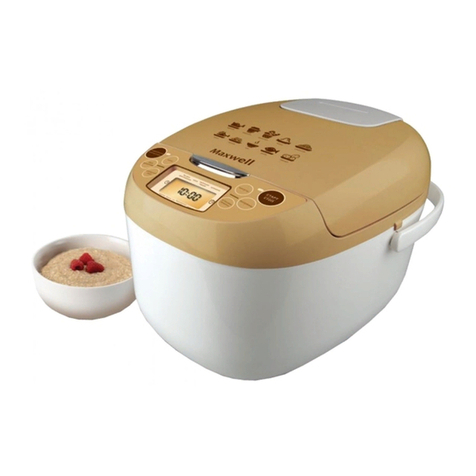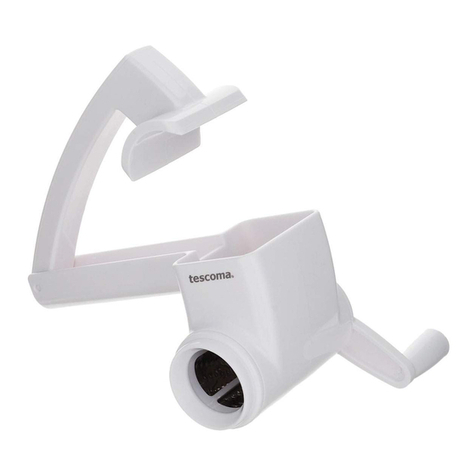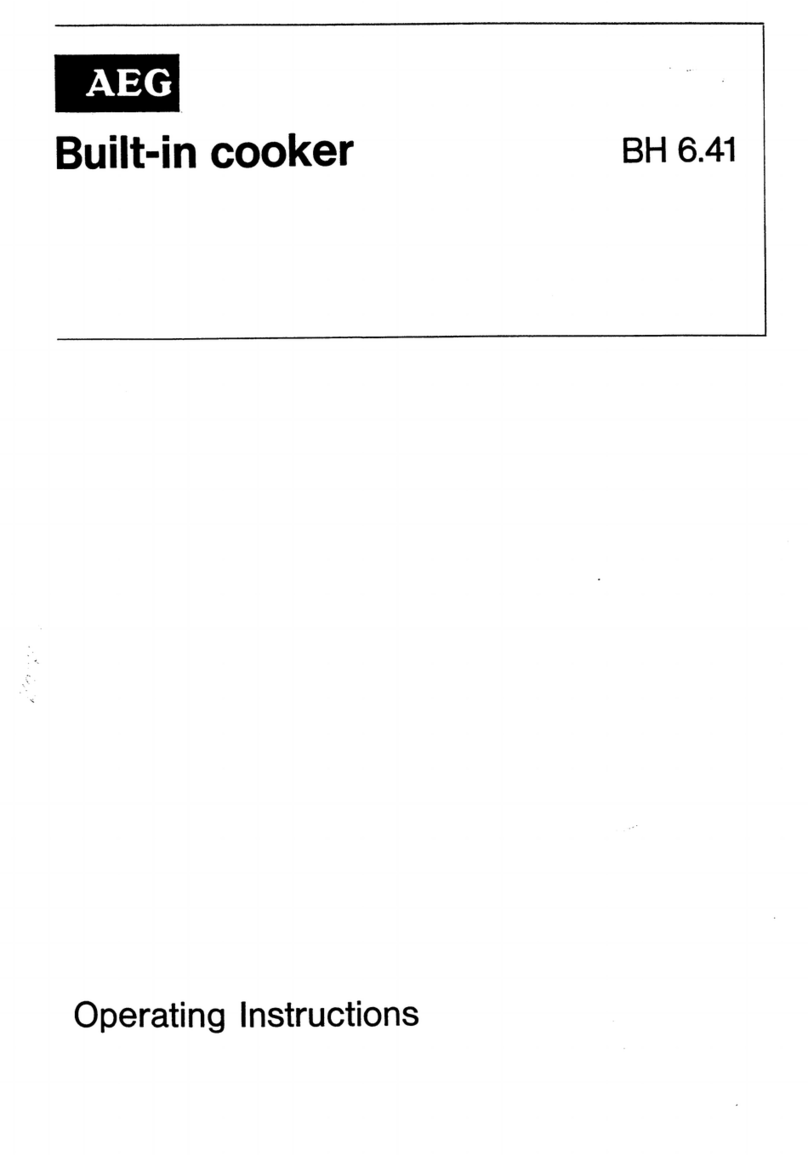Blackwall Bokashi Bin Manual

Getting the best from your
Bokashi
Bin
NOW compost all
your food waste!
Troubleshooting
PROBLEM REASON SOLUTION
Important Information
When adding the fermented material to a compost bin - spread it out and then layer it between fresh soil
and composting material. Do not empty the bucket in a solid mass this will slow down the decomposition
of the material.
If burying the material in the ground it should ideally be spread out about 1 inch thick and covered with
around 3 to 4 inches of soil. Try not to bury the fermented material too near to plant and tree roots, as the
compost is quite acidic at first but it becomes less acidic soon afterwards.
Liquid Feed
The amount and colour of the liquid drained will depend on the type of foods you have put into the bucket.
Fruit and vegetables tend to release more liquid than other foods.
The liquid feed produced during the fermentation process is highly beneficial and can be used as follows:
Watering the garden: The liquid contains nutrients from the food organics and is alive with beneficial
microbes. For garden and house plants use a teaspoon to 5 litres of water and apply directly to the soil.
For trees and shrubs use 2 teaspoons to 5 litres of water. Do not apply directly to foliage.
Around the house: Pour the concentrated liquid directly into your kitchen and bathroom sinks, toilets or
septic system. The bran will help to prevent algae build-up and control odours. The liquid feed should be
used within a day or two after draining from the bucket.
*0800 numbers are free from BT landlines
For further supplies at
competitive prices we
recommend
To order visit
www.evengreener.com
or call *0800 316 4454
Evengreener.com, a trading style of Straight Manufacturing Ltd. Company number 01618165. Registered office: Straight Ltd. Somerden Road, Hull HU9 5PE ©2018 Straight Ltd.
Contents smell bad
White mould appears
on material
Continue to fill the bucket
as instructed
Dispose of material with your
refuse collection
Material is fermenting correctly
Green mould appears
on material
Material has failed to ferment
Not enough Bokashi has been added Add more Bokashi each time
you add material
Ensure the lid is closed firmly
after material is added.
Lid hasn’t been closed tightly enough
Drain liquid more frequentlyLiquid needs draining more regularly
w
51320_Straight_4pp A5 Blackwall Kitchen Composter Leaflet.indd 151320_Straight_4pp A5 Blackwall Kitchen Composter Leaflet.indd 1 12/06/2018 13:1712/06/2018 13:17

The Bokashi Bin System
You can transform ALL food waste (including cooked food, meat, fish and cheese) into a super healthy
nutrient rich, compost with the help of this small and compact system in your kitchen - no smells, no
flies! Once treated in the Bokashi Bin, this material can safely be turned into compost.
What is the Bokashi Bin System?
It is one of the most effective methods of recycling kitchen organic waste. It is carried out in an air tight
container using Bokashi as a compost activator.
Bokashi is a Japanese term meaning “Fermented Organic Matter”. It is bran-based material that has been
inoculated with beneficial micro-organisms (a mix of friendly bacteria, yeasts and fungi) which help to
speed up the composting process, suppress pathogens as well as preventing putrefaction and foul smells.
The fermentation process does not produce adverse smells so you can keep the bucket under the sink or
in the home.
Benefits:
No smells because friendly safe bacteria are used.
No fruit flies because the process does not require air.
Small & compact for the kitchen.
Cooked and uncooked food including meat, fish, fruit and vegetables may be safely composted in
a home compost bin when processed with the Bokashi Bin system.
Will rebuild the soil in your garden and will decontaminate soil from harmful pathogens and pollutants.
Watch your garden bloom with new life if you bury your fermented food waste directly under the
soil or make into compost in a compost bin.
Be part of an organic solution by directing food waste away from the landfill
Items that CAN and CANNOT be put into the Bokashi Bin
Instructions for Use
Before use fit the tap to the Bokashi Bin.
1. Simply put your cooked
and uncooked food scraps
into the Bokashi Bin.
2. Sprinkle a handful of
Bokashi on top of the food
waste each time you put
scraps into the bucket, ideally
all of the food scraps should
be covered with Bokashi bran.
3. Press the material down using the trowel provided to
extract the air from the organic matter.
4. Keep the lid shut at all times. This is an anaerobic
composting system - the less air the better.
5. Drain any excess liquid produced using the tap at
the base of the composter as often as possible. This
allows the material to decompose at a quicker rate
(Instructions for what to do with the liquid are overleaf).
When the bucket is full, close the lid tightly and leave for around two weeks - this
allows the fermentation process to commence. Any excess liquid should be
drained off during the fermentation process.
In the meantime start filling your second bucket. When the second bucket
is full, empty the first bucket. Always rinse the bucket thoroughly
before filling again.
The resulting material can be added to a home composter. For best
results keep this material covered with soil and other compostable
material. Alternatively dig into a trench in the garden and cover over.
Double Kit includes:
2 x Bokashi Bin buckets with taps, lids, handles
and inner drain trays, 2 x trowel and
2 x scoop. 1kg of Bokashi Bran (2 months supply)
YES NO
Food Scraps & Leftovers
- Fruit & Veg
- Dairy Products
- Meat & Bones
- Fish
Prepared Foods
- Pizza, Burgers, Snacks
- Baked foods, cakes
Other Organic Material
- Spent flowers
- Coffee Grounds
Bottles & Cans
- Plastic
- Glass
- Aluminium
Packaging
- Metal (Foil, Staples)
- Plastics
Other
- Tobacco Ash
- Tea Bags
- Pet Waste
51320_Straight_4pp A5 Blackwall Kitchen Composter Leaflet.indd 251320_Straight_4pp A5 Blackwall Kitchen Composter Leaflet.indd 2 12/06/2018 13:1712/06/2018 13:17
Table of contents
Popular Kitchen Appliance manuals by other brands

ADE
ADE Juwel Series operating manual
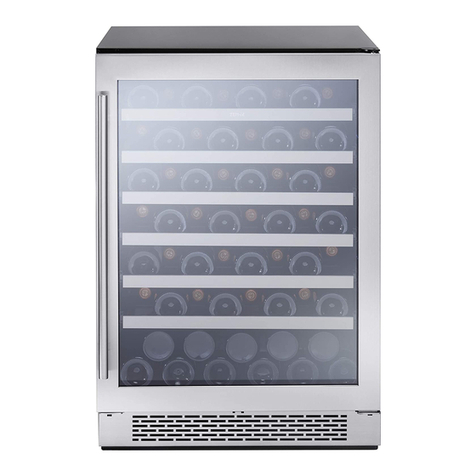
Zephyr
Zephyr PRW24C01AG Use, care and installation guide
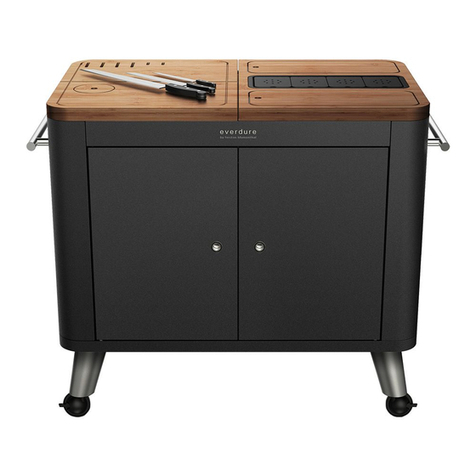
Heston Blumenthal
Heston Blumenthal everdure HBPK Assembly & Maintenance Instructions

Zanussi
Zanussi ZCV668MW user manual
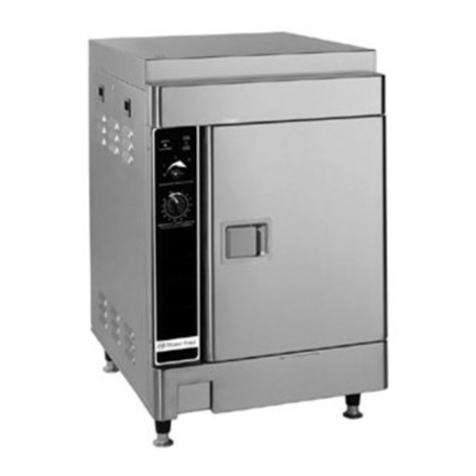
Market Forge Industries
Market Forge Industries sirius ii-4 Parts and service manual
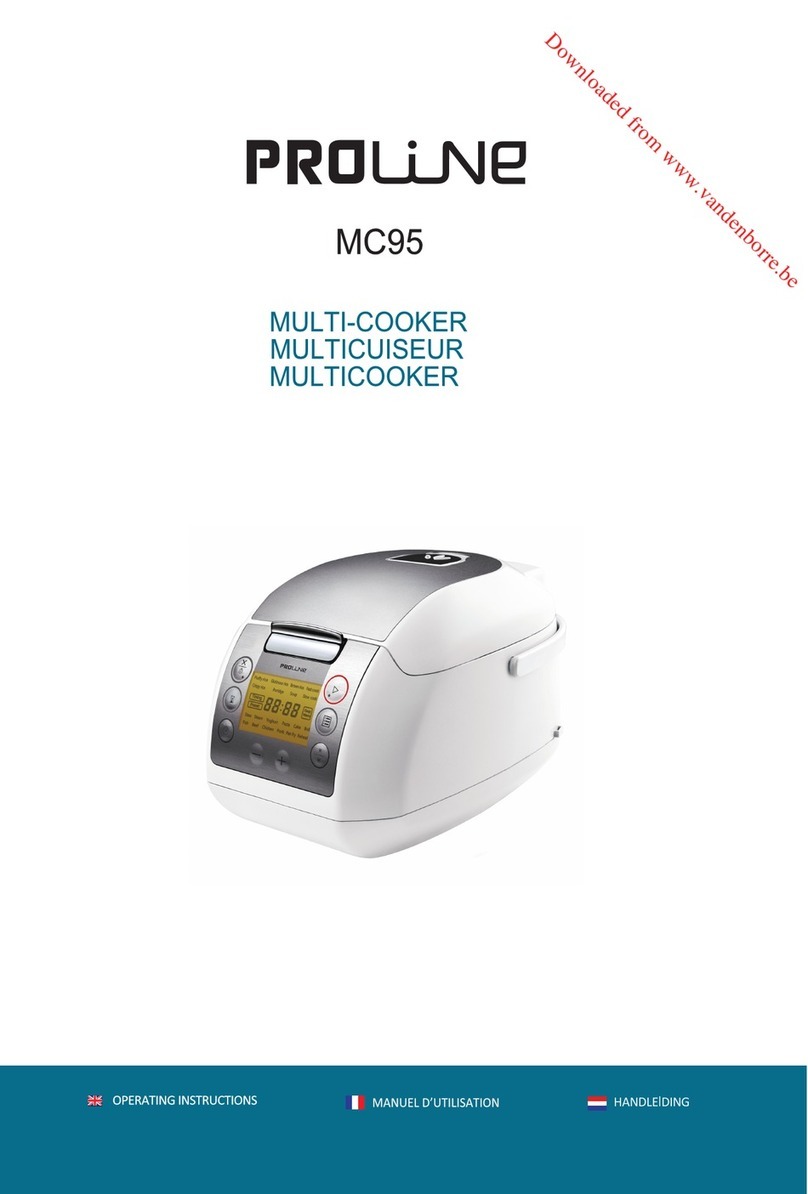
Proline
Proline MC95 operating instructions
